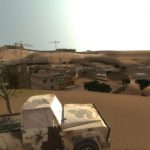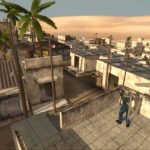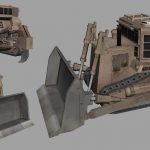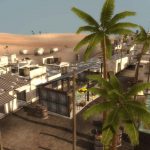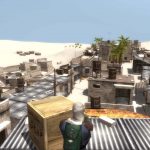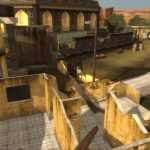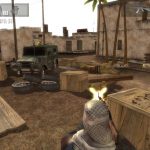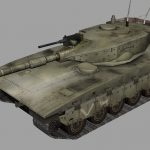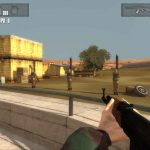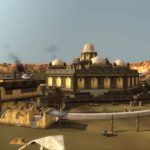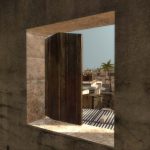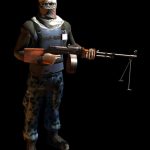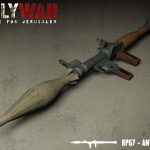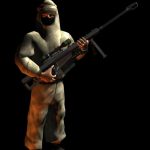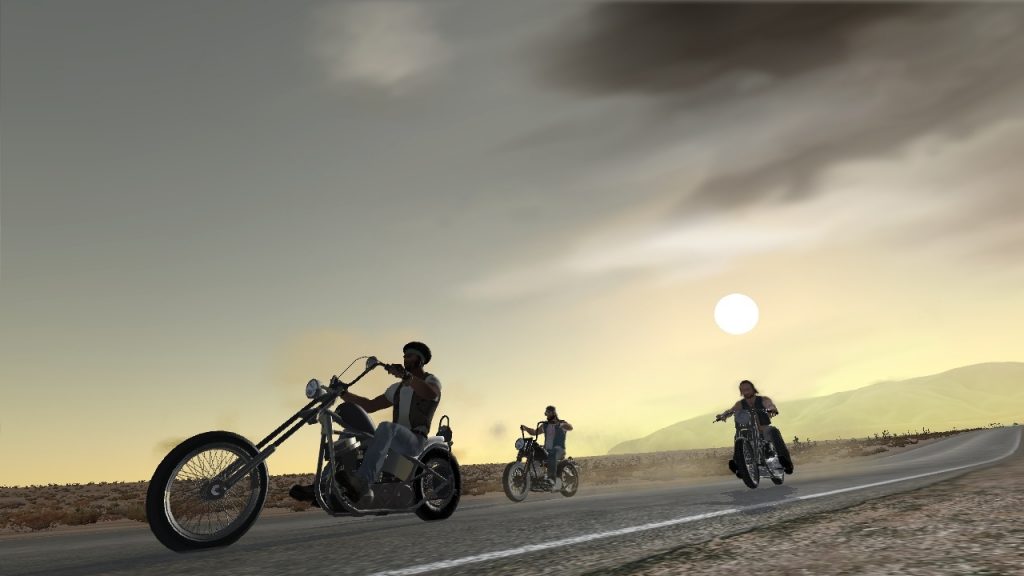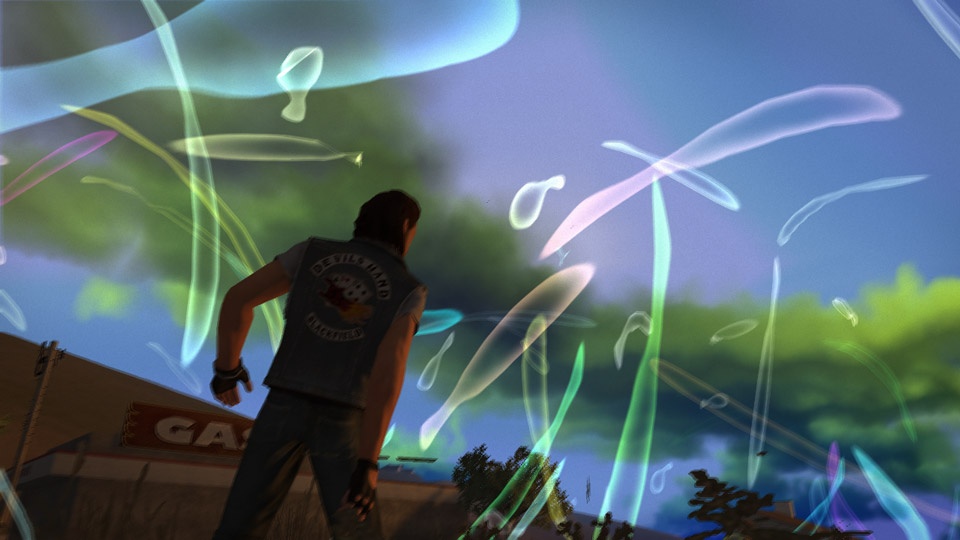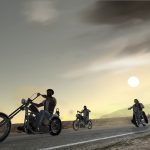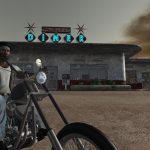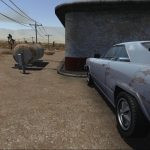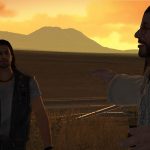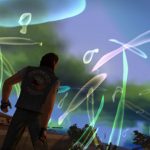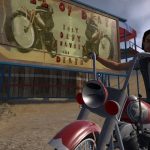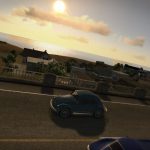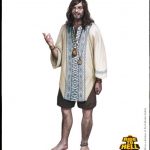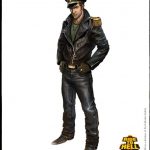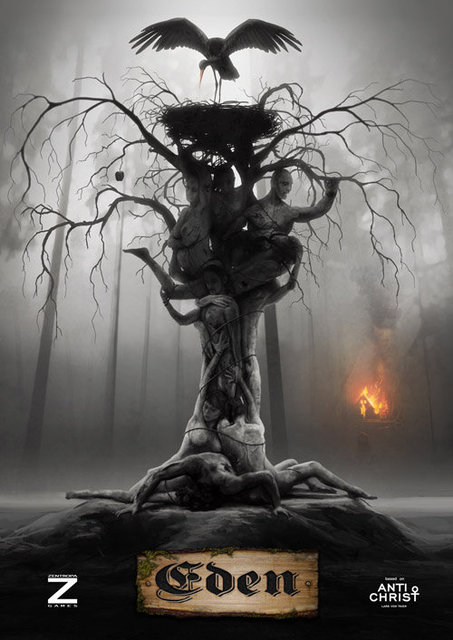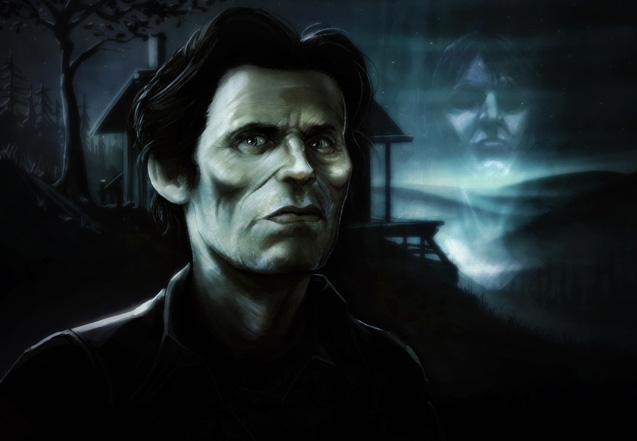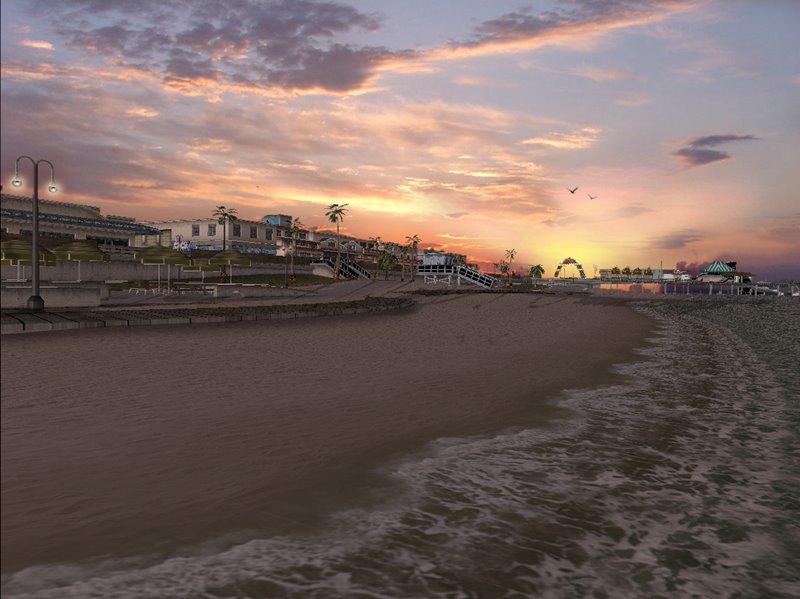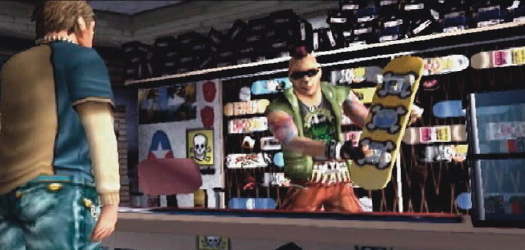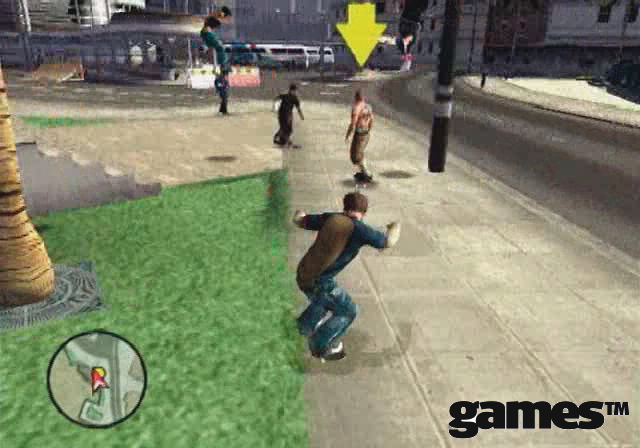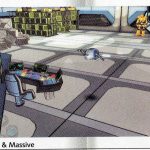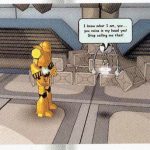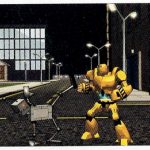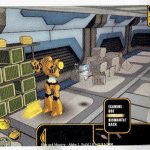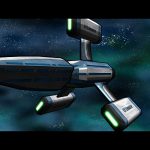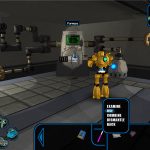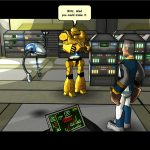Holy War is a cancelled game that was in development between 2003 and 2005 by Gamelords, a portuguese team that would later become Seed Studios. The game was produced with an in-house 3D engine and financed by Linha de Terra Studios and Norhold Investimentos.
Holy War was set in the conflict between Israel and Palestine, reproducing real world locations, weapons and people. A multiplayer mode was also planned, allowing players to choose which faction to fight for.
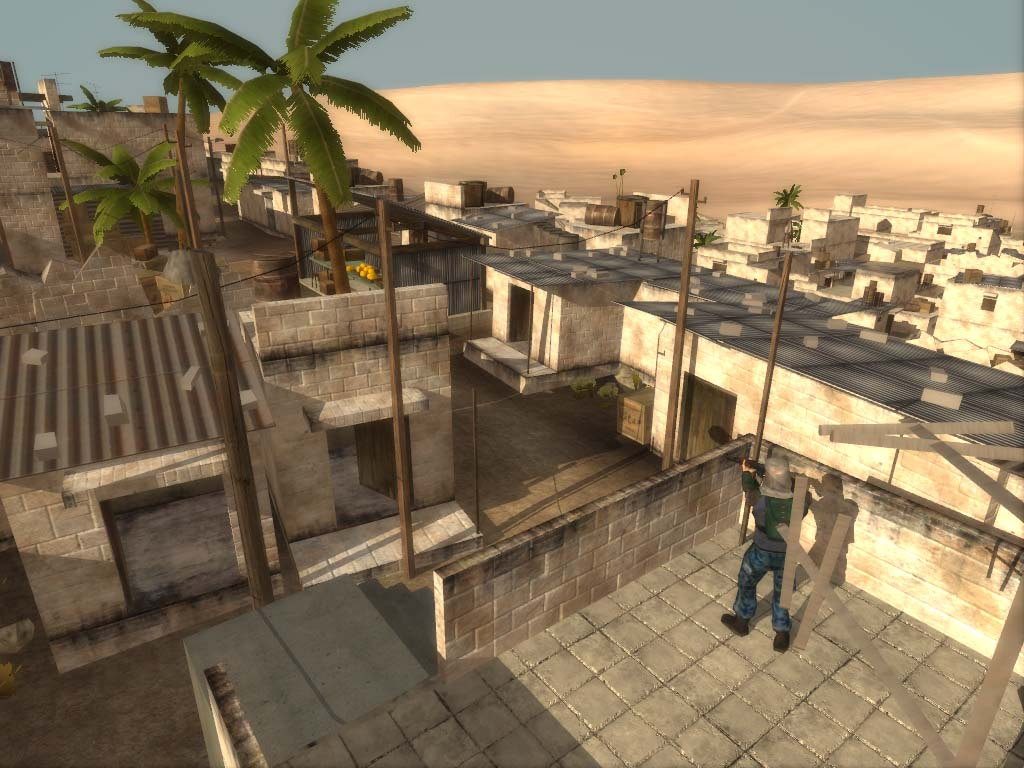
An early demo developed in 2005 was shown for the first time during the event “Games 2006” bearing only the minimum features necessary to get publishers’ attention – four maps (including the wall built by Israel and the Gaza Strip), part of the tutorial, some weapons and some computer-controlled characters for single player.
Filipe Pina is a developer who worked on Holy War at the time and in an e-mail interview he was able to explain some more details about its development:
“While developing the game, we were in constant contact with a Palestinian and an Israeli that helped us make everything as real as possible. The guns of the Israeli, combat equipment and everything else was faithfully recreated. The Palestinians used guns from the Russians among other things.”
The demo also provided some interesting features:
“(…) the demo used “normal maps”, real-time shadows and a day/night system. It was one of the first FPS to allow gameplay in both 1st and 3rd person. It was also possible to drive vehicles.”
The team received very good feedback from publishers praising the game’s graphics and gameplay, but the controversial theme – even if it had brought them free advertisement – provoked some fear on investors.
To quote an interview with Bruno Ribeiro (another developer who worked on the game), about a meeting with members from Take Two Interactive:
“We managed to show the game to some members of a very famous publisher. Initially they were very excited by our work, but that changed once they noticed that the theme wasn’t a generic one. They started to see characteristic elements of Israel and asked “will there be any suicide bombers?”. As soon as we said yes, they immediately said “That is going to be a problem”.”
The team was pressured to change the theme to a more generic setting – “maybe some American soldiers killing terrorists” – but publishers refused to support a videogame that represented a more realistic and delicate situation.
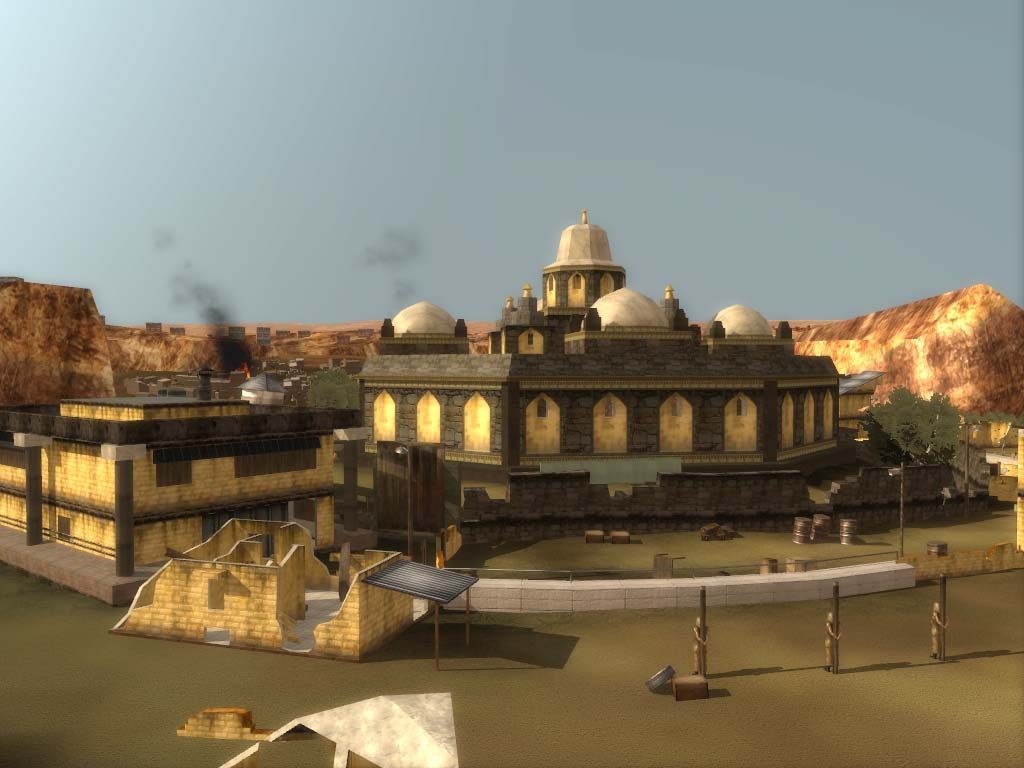
Gamelords considered having a digital release on PC for Holy War but without any support from publishers and having to totally finance the project themselves, they were not able to continue working on it. Despite the cancellation of their Holy War project, Gamelords learned a lot during its development and allowed them to gain a valuable work experience for their future as Seed Studios.
It’s also important to mention that the tools and technology developed by the company for Holy Wars were later reused for other projects, even outside the area of videogames.
In the gallery below you can see some sketches, renders and screenshots from the Holy Wars demo, gently provided by Filipe Pina.
Article by Jump/Error, original version in Portuguese on the Videogame PT Blog!
Images:


